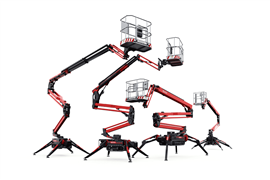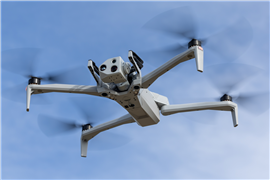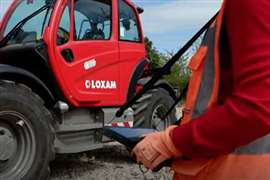Interview: Doosan Bobcat’s Gustavo Otero
28 June 2022
Construction Europe’s Cat Jones meets with Doosan Bobcat president Gustavo Otero to discuss everything from new innovations to a new beginning for hundreds of Ukrainians.
The Doosan Bobcat Campus at Dobris in the Czech Republic recently hosted the first face-to-face Bobcat Demo Days event in three years. Customers and dealers from all over Europe, the Middle East and Africa (EMEA) visited the campus to try out the latest Bobcat products, as well as a number of new concepts before they come to market.
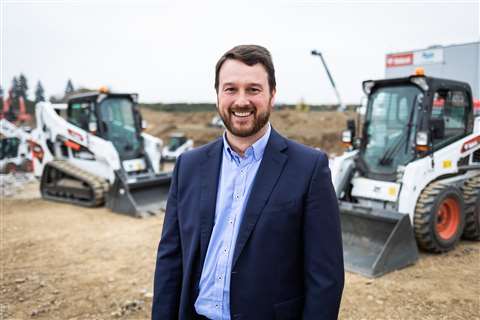 Gustavo Otero, President EMEA Doosan Bobcat (Photo: Doosan Bobcat)
Gustavo Otero, President EMEA Doosan Bobcat (Photo: Doosan Bobcat)
While the world continued to recover from the impact of Covid-19, Doosan Bobcat was busy developing its technology and used the Demo Days event to release some of its innovative new concepts.
European, Middle Eastern and African dealers, and press members were privy to the world’s first all-electric compact loader and a preview of the Bobcat MaxControl Remote Operation with Joysticks, as well as many other products.
Gustavo Otero, President Doosan Bobcat EMEA, understands the value of these events for both the company and its dealers. “It is a unique opportunity for our customers and dealers to attend Demo Days with its revolutionary concept that allows them not only to see but to try out our entire range of products.
“These discussions give us valuable feedback about the innovations displayed during the show, both on products and services, which allow us to continue to improve.”
Like many other equipment manufacturers who continue to develop their brand and product offering – it requires talented and skilful workers. Doosan Bobcat is also facing difficulties surrounding the skills shortage. “When it comes to acquiring and attracting talent, we do have a big challenge, especially here in the Czech Republic because the unemployment rate is extremely low – it is below 3% - which is technically no unemployment rate.
“If we cannot get a qualified labour force in the country, we need to think creatively, so we started to employ from abroad. For example, we have 400 employees coming from Ukraine, we also have employees from Georgia and Moldova.”
Otero says that they are continuously exploring ways to find workers but more importantly it is the ways in which Doosan Bobcat can help them integrate into the country and the company culture.
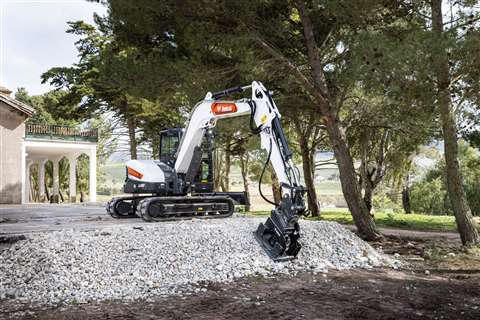 R2 series excavator (Photo: Doosan Bobcat)
R2 series excavator (Photo: Doosan Bobcat)
As technology continues to develop throughout the industry there is an increasing demand for software engineers. “We are now competing with other industries that are fighting for the same profiles. So, when it comes to software engineers, we need them because the industry is going in that direction – electrification and connectivity are increasing. We are now competing with Google and Apple for these engineers.
“We are not just a company that makes construction equipment. There are so many other opportunities to expand and develop.”
Alongside the skills shortage, supply chain challenges are still plaguing manufacturers. “Some of the key suppliers are shared by most manufacturers of construction equipment. We are all sourcing from the same or similar sources – it is a general constraint.
“Due to Covid-19, we invested in safety stock so that we were ready to ramp up our production. That additional investment became an asset but regardless we still suffer.”
Otero notes that Doosan Bobcat is trying to diversify the sources of materials and components, but ensuring quality and performance is imperative to get it right and, as production increases, so does the pressure to deliver.
“In the last two years,” he says, “regardless of the circumstances, we have launched over 40 new products – this is historically a record; Bobcat has never launched so many products in such a short amount of time.
“We have released our new R-Series telehandlers, and new R-Series mini excavators. We are also investing heavily in innovation – we will continue to invest in electrification, connectivity, and autonomy.”
The debate on diesel versus electric will continue far into the future but behind the scenes, manufacturers are working hard to develop technology to support the growing demand for an alternative fuel source.
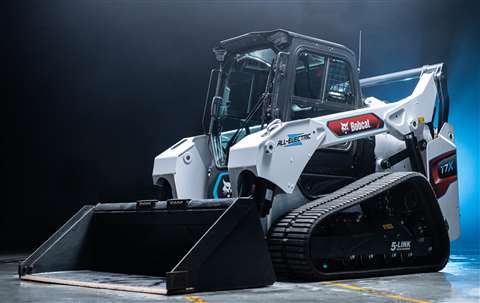 T7X compact track loader (Photo: Doosan Bobcat)
T7X compact track loader (Photo: Doosan Bobcat)
Otero says, “We honestly believe that it is a matter of time before construction equipment moves from combustion engines to electric alternatives.
“Will it take 5 years, 10 years, or 15 years? It is a good question, but the cost is something to bear in mind. Governments are providing subsidies and initiatives across Europe but there is still a significant cost between internal combustion engines and electrification – this is still a challenge.”
Otero also highlights that the infrastructure needed to charge all these machines is still an issue and work is necessary to be able to bring electric products to the forefront of modern-day construction sites.
One thing that can be agreed upon is that this is an exciting time for the construction industry as it continues to adapt technology to suit the sustainability goals of society and provide efficient ways of working.
STAY CONNECTED



Receive the information you need when you need it through our world-leading magazines, newsletters and daily briefings.
CONNECT WITH THE TEAM










